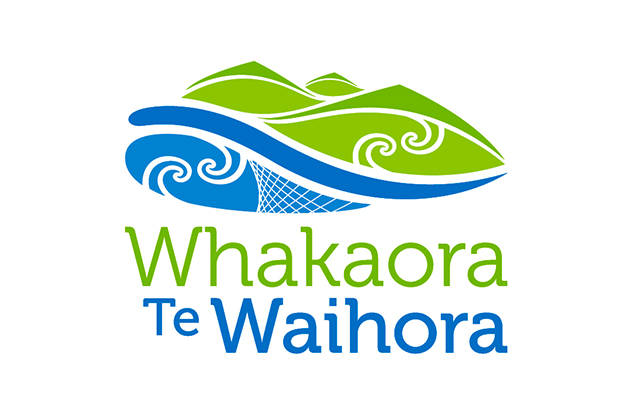Te Waihora/Lake Ellesmere may have a reputation for being one of the most polluted lakes in New Zealand but Canterbury University Professor of Freshwater Ecology Jon Harding is very optimistic about the future of the lake.
Improving the lake’s water quality won’t be an easy fix he says but with time and the right help, he believes Te Waihora can be restored to good health.
Professor Harding and the team at Canterbury Waterways Rehabilitation Experiment (CAREX), UC Science, have been involved in a large-scale experiment looking into the restoration of waterways flowing into Te Waihora. The project is unique in New Zealand and the team of eight (four working fulltime on the project), is stretched by the ambitious undertaking – a study that includes a one kilometre stretch on 10 different Canterbury waterways from Rangiora to Hinds. Two of these are in the Te Waihora catchment.
Funded by the Mackenzie Charitable Foundation of Ashburton, the CAREX project involves a number of partners: Environment Canterbury, the DoC/Fonterra Living Streams initiative, Whakaora Te Waihora, Waimakariri District Council, Fish & Game and the Institute of Environmental Science & Research (ESR) at Canterbury University. The project will run for 10 years.
Harding and his team are already six years into the project and the initial small scale proof of concept experiments are now being scaled up over larger areas of the selected waterways.
“There has always been a lot of focus on the health of the lake itself but I believe it is critical that restoration starts at the top of the catchment,” Harding says.
“You can do no end of things inside the lake but the reality is, the source of many of the contaminants lies in the waterways that feed into the lake. We believe absolutely that surface water research needs to start at the top – in the small drains and streams that ultimately deliver the problem sediments and excess nutrients into the lake much further downstream.”
Professor Harding says it won’t be a quick fix and although significant positive results may not be seen for decades, he’s confident small, gradual, manageable steps will win the day.
“The polluted lake we have today is the legacy of 150 years of intensifying land use.
Unfortunately, many people have tended to view waterways as dumping grounds – that dilution is the solution – but that’s a fallacy. Water bodies have limits to the levels of contaminants they can process and Te Waihora has gone passed that limit.
“That said, streams, rivers and lakes have a remarkable ability to recover from almost anything with the right restoration programmes applied over time.
This is a long-term project but I’m optimistic that improving water quality and bio-health in upstream systems will have significant benefits for Te Waihora.”
The CAREX project is focused on three key issues: addressing the high fine sediment loads being exported into the lake; the high nutrient levels (especially nitrates and sediment-bound phosphorous); and the nuisance aquatic weeds like money musk and watercress that choke waterways, raise water levels and accumulate sediment.
“It’s an ambitious undertaking but in the next six to nine months we’ll see if our experiments work or not. It’s all about working out how we might successfully restore these waterways, at the same time giving catchment landowners the tools to make a difference to the quality of water flowing into Te Waihora.
“We’ve certainly bitten off a lot with the scale of this project but we feel strongly that a variety of tools can be developed to improve water quality and bio-health, that over time will impact positively on the health of the lake.
“Te Waihora is unique in New Zealand. It’s by far the biggest lowland lake in the country and it should be the jewel in our crown. With the right tools in place, we can restore it to good health.”

Shading to reduce weed growth.

Weed shading trial.
